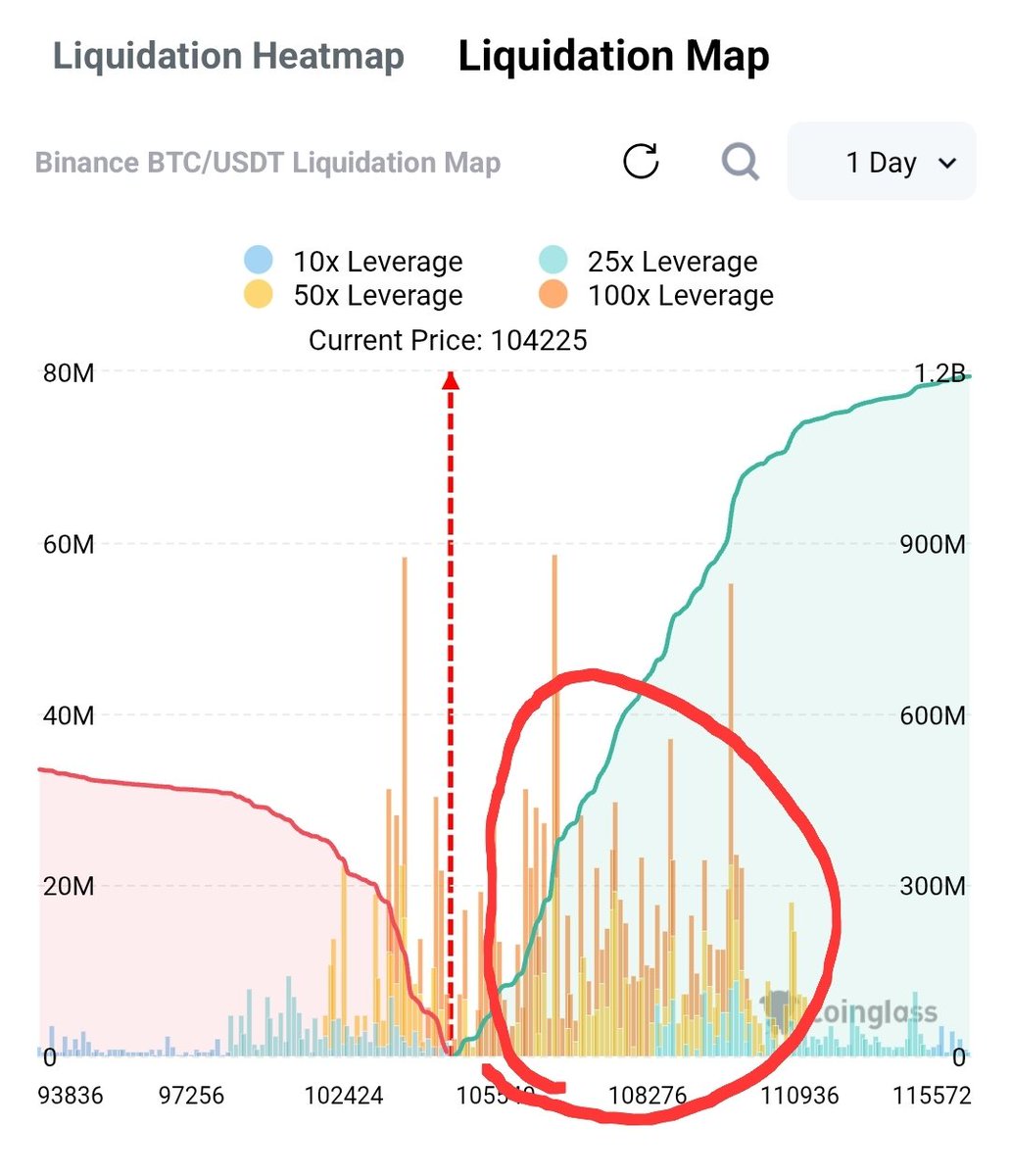The Emotional Rollercoaster
Greed and Fear: The Dual Forces
Imagine the cryptocurrency market as a vast ocean, where Bitcoin is the mighty whale, commanding respect and attention. This ocean is not calm; it’s a tumultuous sea of emotions, primarily driven by two powerful forces: greed and fear. Greed often propels prices to dizzying heights as traders, driven by the fear of missing out (FOMO), chase profits. Conversely, fear can trigger sudden sell-offs, leading to sharp price declines as panic sets in. This emotional rollercoaster is a defining characteristic of the cryptocurrency market, and Bitcoin is no exception.
As of June 17, 2025, Bitcoin finds itself at a critical juncture. The digital gold has oscillated around the $106,000 mark, with technical indicators providing mixed signals. The Relative Strength Index (RSI) hitting oversold levels suggests a potential bounce, while the presence of bearish divergence indicates ongoing selling pressure [REF]1,2,3[/REF]. This tug-of-war between bullish optimism and bearish caution is a classic example of the emotional turmoil that defines the crypto market.
The Role of AI in Trading
Amidst this emotional chaos, artificial intelligence (AI) has emerged as a beacon of rationality. AI-driven trading platforms, such as Scorehood Bull::Bear Analysis App, offer a data-driven approach to navigating the volatile crypto landscape. By leveraging AI, traders can mitigate the impact of emotions, making more informed and strategic decisions. This shift towards AI trading is not just a trend but a necessity in an increasingly complex and fast-paced market [REF]4,5,6[/REF].
AI can analyze vast amounts of data in real-time, identifying patterns and trends that human traders might miss. This capability allows for more accurate predictions and better risk management. For instance, AI can detect subtle changes in market sentiment, adjusting trading strategies accordingly. This data-driven approach helps traders stay ahead of the curve, reducing the impact of emotional decision-making.
Technical Analysis: Deciphering the Charts
Bollinger Bands and RSI
One of the key tools in a trader’s arsenal is the Bollinger Band, which helps identify volatility and potential reversal points. Bitcoin’s recent interaction with the lower Bollinger Band, coupled with RSI hitting oversold levels, has sparked debates about an imminent bounce. The $106,000 zone is under close watch, as a break above this level could signal a bullish reversal [REF]1,2[/REF].
The RSI, a momentum oscillator, provides further insights. When the RSI is below 30, it indicates oversold conditions, suggesting a potential upward correction. However, the presence of bearish divergence, where the price makes higher highs but the RSI makes lower highs, complicates the picture. This mixed signal underscores the need for a nuanced approach to technical analysis.
Moving Averages and Volume
Moving averages (MAs) are another crucial component of technical analysis. Bitcoin’s interaction with the Exponential Moving Average (EMA) 9 support level is a critical factor to consider. A failure to hold this support could lead to further downside, while a bounce off this level could indicate a bullish reversal [7].
Volume analysis adds another layer of complexity. Increasing sell volume, as observed in recent weeks, suggests bearish sentiment. This, combined with bearish divergence, paints a cautious picture for Bitcoin’s near-term prospects. However, volume spikes can also signal the end of a downtrend, as selling pressure is exhausted. Traders must carefully monitor volume trends to gauge market sentiment accurately.
The Broader Market Context
Federal Reserve’s Influence
The cryptocurrency market does not operate in a vacuum. External factors, such as the Federal Reserve’s monetary policy, significantly impact Bitcoin’s price movements. The upcoming Fed rate announcement is a critical event, with the potential to either bolster or undermine Bitcoin’s price. Analysts are closely monitoring the no-hype, data-driven signals to gauge the market’s reaction [8].
The Federal Reserve’s decisions on interest rates and quantitative easing can have a profound impact on the crypto market. Lower interest rates and increased liquidity tend to boost risk assets, including cryptocurrencies. Conversely, higher interest rates and tighter monetary policy can lead to a sell-off in risk assets. Traders must stay informed about these macroeconomic factors to make informed trading decisions.
Altcoins and Market Sentiment
Altcoins, or alternative cryptocurrencies, often move in tandem with Bitcoin. However, there are instances where altcoins outperform or underperform Bitcoin, driven by their unique fundamentals and market sentiment. For example, the migration of $MATIC to $POL has been a topic of debate, with some analysts questioning the accuracy of Dune analytics [9].
Altcoins can provide diversification benefits and potentially higher returns than Bitcoin. However, they also come with higher risks due to their lower liquidity and market capitalization. Traders must carefully evaluate the fundamentals and market sentiment of altcoins before investing. Additionally, monitoring the overall market sentiment can provide insights into the broader crypto market trends.
Conclusion: Navigating the Uncertainty
Bitcoin’s current state is a testament to the intricate dance of emotions, technical indicators, and external factors that drive the cryptocurrency market. As we stand on the cusp of a potential breakout or breakdown, it is crucial to adopt a balanced and informed approach.
The use of AI in trading offers a promising solution to the emotional rollercoaster that characterizes the crypto market. By leveraging data-driven insights, traders can make more rational decisions, reducing the impact of greed and fear.
As we look ahead, the key takeaway is the need for vigilance and adaptability. The cryptocurrency market is in a constant state of flux, and those who can navigate its complexities with a clear mind and a strategic approach are more likely to succeed. Whether Bitcoin bounces back or continues its downward trajectory, one thing is certain: the journey is far from over.

